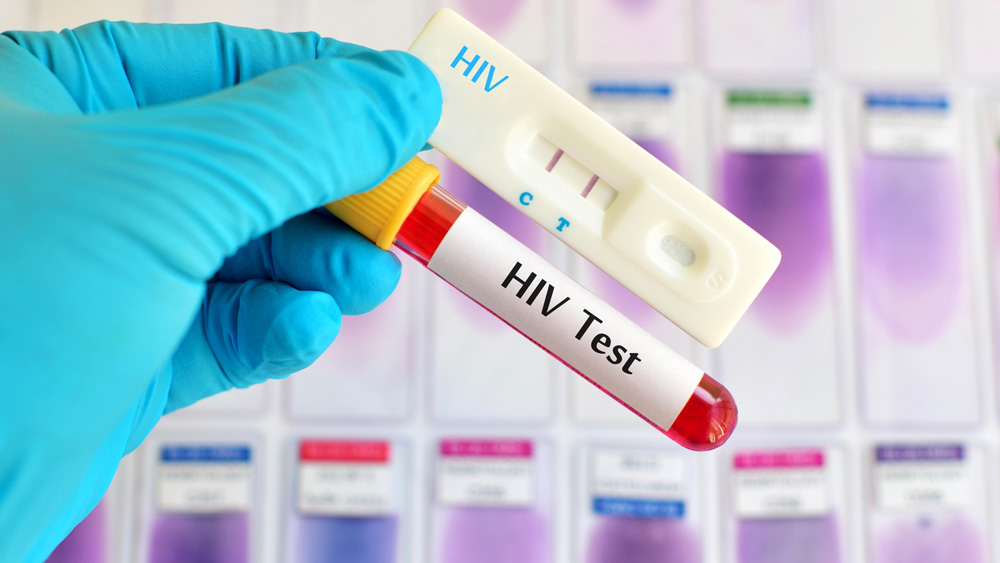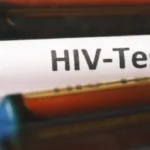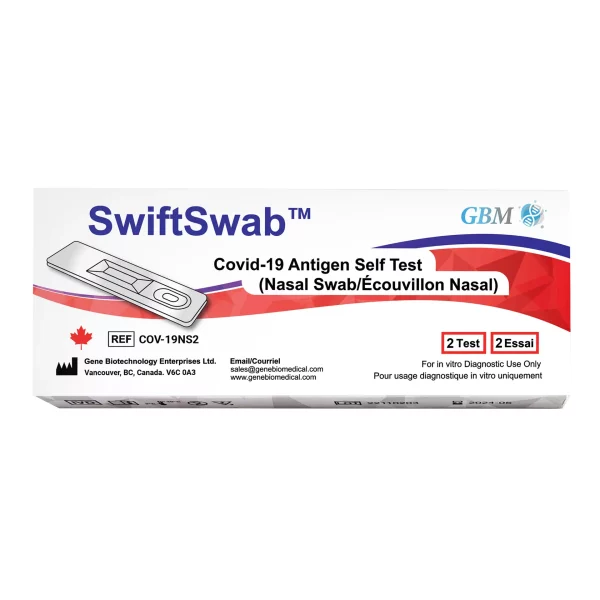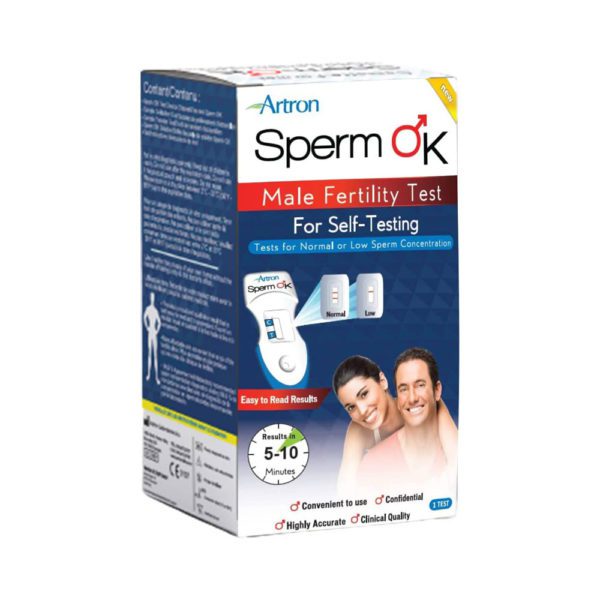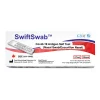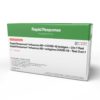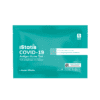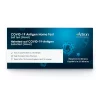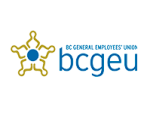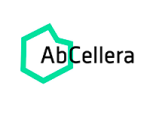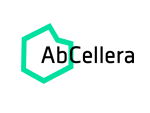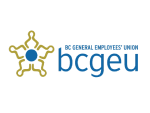In recent years, advancements in medical technology have made it more convenient for everyone to perform different health tests, including HIV.
Here’s all you need to know about how to test for HIV from the comfort of your home.
What are HIV and AIDS?
Human immunodeficiency virus (HIV), is an infectious virus that targets your immune system.
Once HIV gets into your body, it starts weakening your immune system, although you might not notice any changes right away.
If HIV keeps is left untreated, it can lead to AIDS, or acquired immunodeficiency syndrome. At this stage, your immune system is so weakened that it struggles to fight off infections and diseases.
But not everyone with HIV progresses to AIDS.
With early treatment, many people can live long and healthy lives without reaching that stage. Regular testing and starting treatment early are key to keeping your immune system strong and staying healthy.
Importance of HIV testing
Getting tested helps you know whether you have HIV or not. Whether your result is positive or negative, getting tested can give you peace of mind. If it’s negative, you can breathe a sigh of relief.
By knowing your status, you can take steps to prevent passing the virus on to others.
If it’s positive, early detection allows you to get treatment sooner. It can help keep the virus under control and prevent it from damaging your immune system.
Who should get an HIV test?
According to health experts, everyone between the ages of 13 and 64 should get tested for HIV at least once as part of routine health care.
More frequent testing is recommended for those at higher risk, such as those who are:
- Having multiple sexual partners
- Injecting drugs and sharing needles
- Living in a high-prevalence area
It’s also recommended to take the test if you’re:
- Pregnant or planning pregnancy
- Concerned about previous risk
- Experiencing HIV symptoms
Types of HIV At-Home Tests
Here are the types of tests that you might come across if you want to test for HIV at home.
- Oral fluid test. This simple test uses a swab to collect fluid from your gums.
- Finger prick blood test. With this test, you use a small lancet to prick your finger and collect a drop of blood. Then, you place the blood on a test strip and wait for the results.
- Home collection test kit. This kit allows you to collect a blood sample at home using a lancet and then send it to a lab for testing. You’ll usually get your results online or over the phone.
- Rapid self-test kit. These kits give you results in minutes using a small blood sample from a finger prick. These are either antibody tests, which detect HIV antibodies, or antigen/antibody tests, which detect both HIV antibodies and antigens.
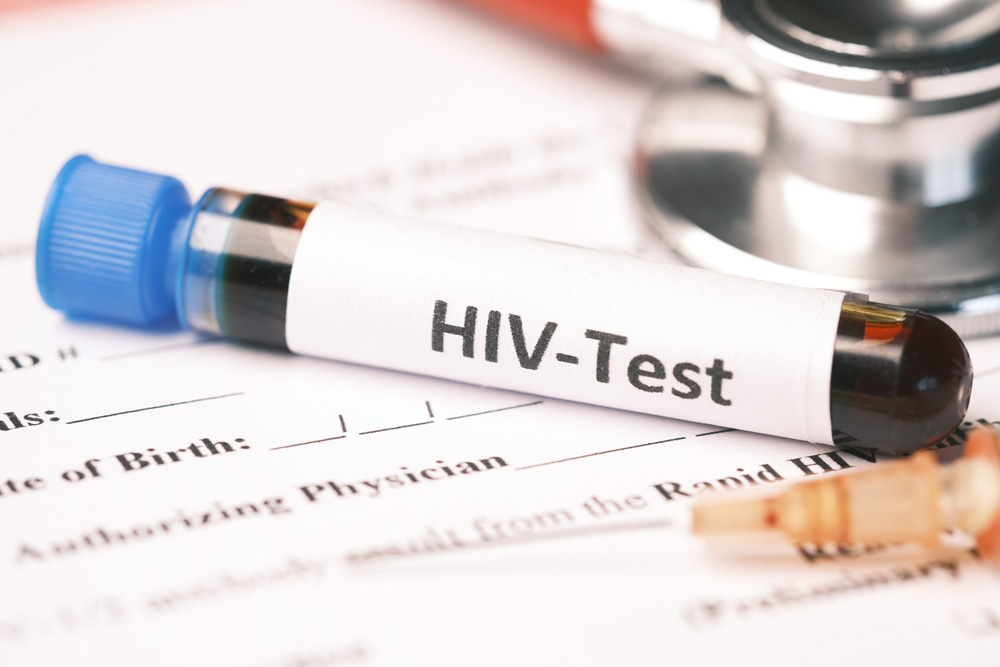
When should you get an HIV Test?
There’s a time between when you might have been exposed to HIV and when a test can accurately detect it. During this period, your body is making antibodies to fight off the virus, but they might not show up on a test yet. The window period can vary from a few weeks to a few months, depending on the type of test you take. Consider this when timing when you should take the test.
It’s recommended to test for HIV if you’ve:
- Have had unprotected sex
- Shared needles
- Have had recent exposure
How does the at-home test kit work?
At-home HIV test kits are user-friendly and convenient for you to use in the comfort of your home. To perform the test, take a small sample of blood from a finger prick or a swab of oral fluid. Follow the instructions in the kit and wait for the results, which usually take about 20 minutes.
If you test negative during the window period but think you might have been exposed to HIV, it’s important to get tested again later to ensure accurate results.
How effective are they?
At-home HIV tests are highly effective, with some kits boasting over 99% accuracy. However, it’s important to follow the instructions carefully and be aware of the window period.
How much does an at-home HIV test kit cost?
The cost of at-home HIV tests ranges from $20 to $50. They’re available at most pharmacies and online.
In some areas, you can get these tests for free or at a discounted cost as part of the efforts to make HIV testing more accessible to the general public. Some health insurance plans may cover the cost of at-home HIV test kits, so you can also check with your insurance provider to see if you’re eligible for coverage.
What do the results mean?
Here’s what your HIV results mean.
Negative result: If your test comes back negative, it means that HIV antibodies weren’t found in your sample. This is good news – it suggests that you don’t have HIV at the time of the test. If you’ve had recent risky behaviour or exposure, it’s advisable to get tested again.
Positive result: If your test comes back positive, it means that HIV antibodies were detected in your sample. This can be scary news, but keep in mind that HIV is a manageable condition with treatment. Getting a positive result means you can take steps to start treatment, stay healthy and prevent passing the virus to others.
Key takeaway
Testing for HIV at home offers a private and convenient way to stay informed about your HIV status. Understanding how an HIV test works and how to test HIV at home can help you take control of your sexual health and seek appropriate care when needed.
